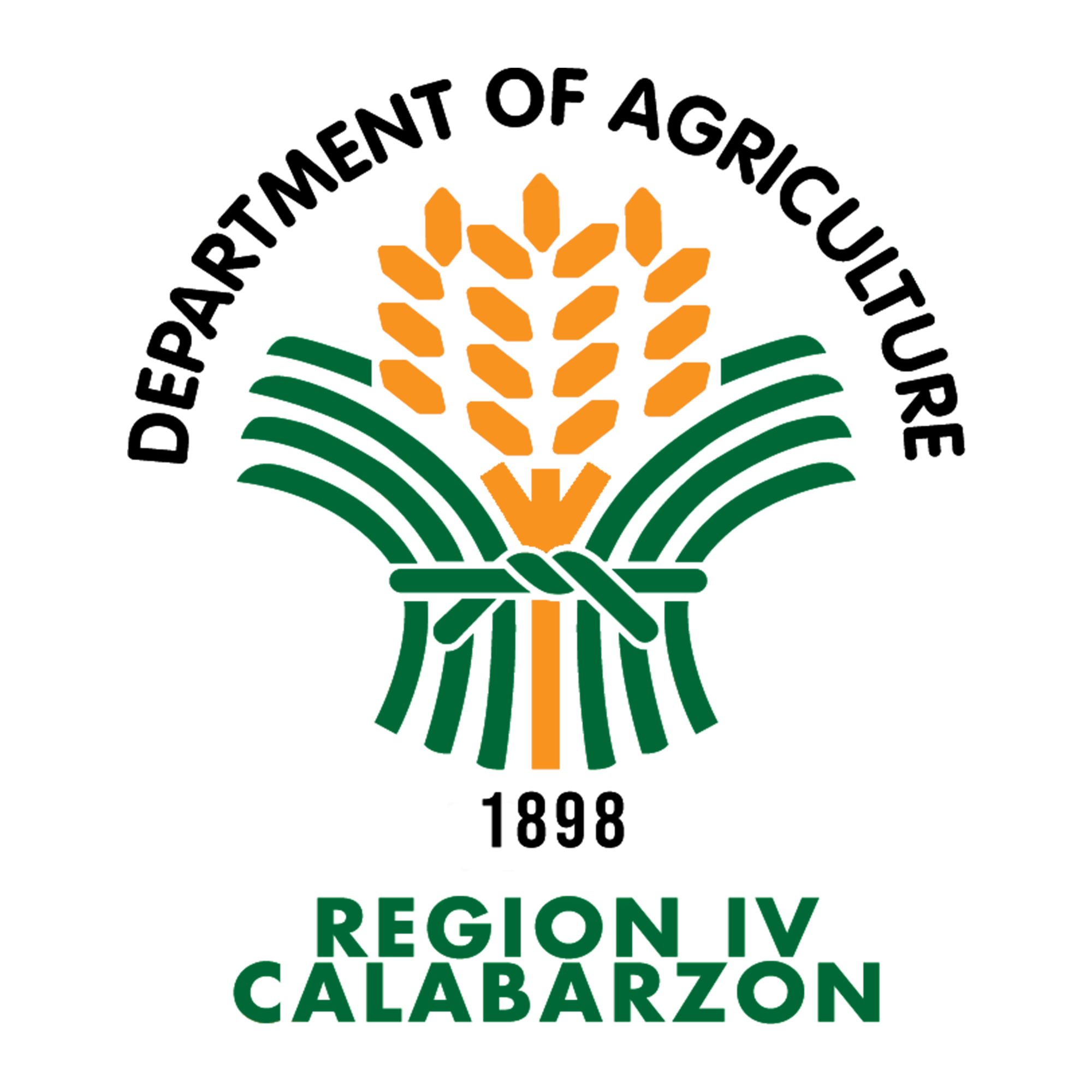A total of 241.5 proposed hectares (ha) of irrigated rice fields in the city of Imus and municipalities of Naic, Maragondon, and Ternate in Cavite were validated by the Rice Program of the Department of Agriculture (DA) Region IV-CALABARZON on September 11, 12, and 13, 2019 for the Inbred Rice Model Farm Cluster Project.
As an extension intervention, companion to High-Yielding Technology Adoption (HYTA) program, the model farm project aimed to showcase the high-yield advantage of using certified inbred rice seeds including technologies, techniques, and systems on rice cultivation, harvesting, and drying.
To fully implement this project in the province as their planting season starts this month, over 100 rice farmer-cooperators who are members of farmers’ associations and/or organizations, and irrigators’ associations were given an orientation and technical briefing about the same and interviewed for the costs of their inputs and labor to collect baseline data. This was made possible in coordination with the Agricultural Program Coordinating Office, the Office of the Provincial Agriculturist, and the city and municipal agriculture offices of the said areas.
Under this model farm project, the requirement is at least five (5) ha per farm cluster and its target is to attain a yield of at least six (6) metric tons (MT) of palay per ha and a production cost of Php7 per kilogram (kg) for dry season cropping.
In terms of interventions, DA CALABARZON will provide certified inbred seeds, those that have passed field inspection and laboratory evaluations; and those best suited and preferred by farmers, but encouraging them to use latest varieties (e.g., Rc 300 and 400 series).
In addition to 40 kg per ha of inbred rice seed distribution, the Rice Crop Manager (RCM) will also be used to produce recommendation for crop management.
Clustered farms should be geo-tagged and accessible for field days and field visits. While, farmer-recipients should be graduates of Farmers’ Field School (FFS), registered in a field registry (i.e., Registry System on Basic Sectors in Agriculture), and most importantly, willing to be engaged in the project.
This kind of developmental program is on its third and last leg but it should be continuously pursued in the succeeding cropping seasons.
Embracing new and modern farming system like this will be of great advantage to them as it will possibly pave the way for them to become competitive rice farmers amidst challenges in the industry. ● ARC, DA-RAFIS






 All content is in the public domain unless otherwise stated.
All content is in the public domain unless otherwise stated.